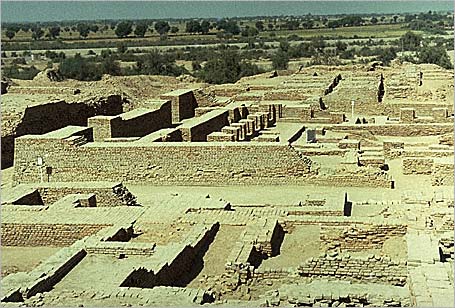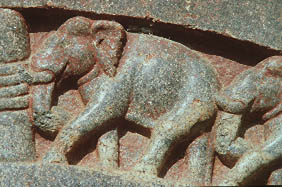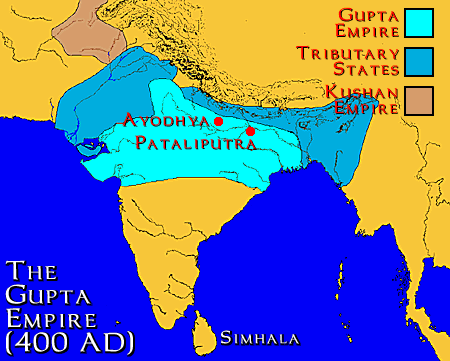
|

|
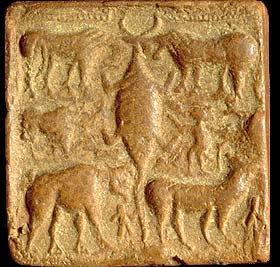
|
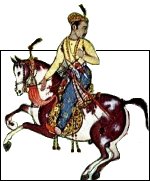
|
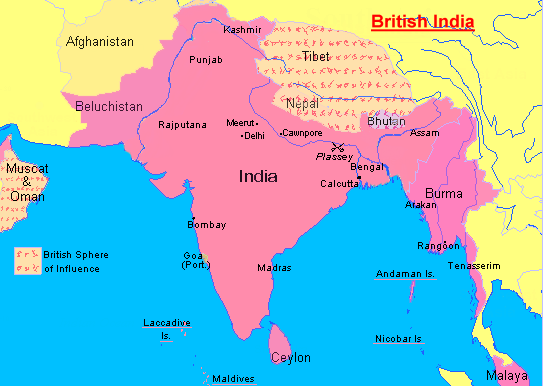
|
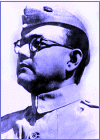
|
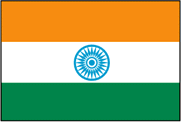
|
The Indus Valley, Greek Invasion, and Early Empires
Indus Civilizations
Greeks and Persians
The Maurya Era
The Gupta Era

|
In the 1920s, archeologists found the remains of stable communities in Harappa
and Mohanjodaro. These sites are in Northern India and Pakistan. For about 1000
years, the Indus Valley civilizations grew here, with planned cities, brick houses,
and paved streets. There were sophisticated sewage and drainage systems, public baths
and grain storage. This civilization used copper, tin, lead, and clay for tools and
decorations as well.
|

|
GREEKS AND PERSIANS:
|
| In about 518 BCE, the Persians invaded India. They were
led by King Darius I, who conquered the Indus Valley and the area
that is now the state of Punjab. Darius I was successful in maintaining
power, and his desendants continued to rule the area when he died.
Darius I also began to collect a tribute tax, and spread news of India's
many natural resources to Europe.
But in 327 BCE, Alexander the Great overthrew Darius III. Alexander was from Macedonia and had a strong, loyal army that tried to take over most of Northern India. He crossed the Indus and the Beas rivers, but soon found too much resistance. Alexander's army had to retreat and leave India completely. Like that of Darius I, this conquest also raised European interest in India and opened new land and sea trade routes. |




To top of page
The creator of this site would like to thank:http://www.itihaas.com for a clear historical timeline
Background information from "Enchantment of the World- India" by Sylvia McNair
